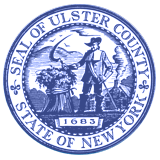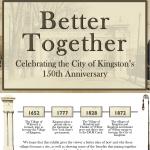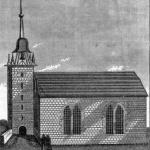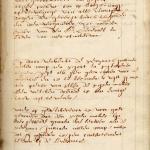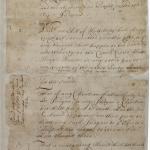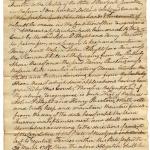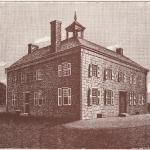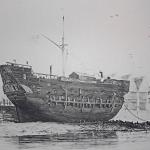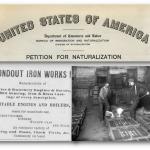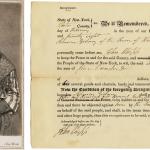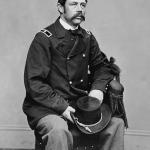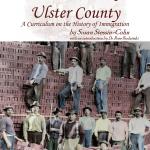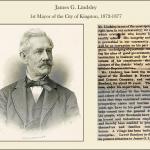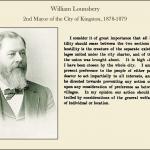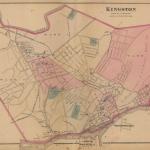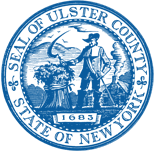
Settled by Europeans in the 1650s, the Village of Kingston (or Wiltwyck, as it was known) was a successful and prominent farming village from its time of settlement to the Revolutionary War. Wiltwyck was one of only three Dutch colonies in New Netherland, with Albany and New York City being the other two. Being located along the Hudson River roughly halfway between Albany and New York, Wiltwyck was an important port village for the trade of commodities such as beaver pelts and wheat.
In 1658, Director General Peter Stuyvesant ordered the inhabitants of Wiltwyck to abandon their properties near the river (what was called The Strand, or modern-day Downtown Kingston) and move to a central, defensible location on a bluff surrounded by a wooden palisades or stockade (now known as the Historic Stockade District). This act virtually separated Kingston into two distinct villages – the Village of Kingston and the Village of Rondout.
During the Revolutionary Era, the Village of Kingston played a crucial role in the formation of government in New York State. Kingston was established as the first Capital of the state in 1777 after the British gained control over New York City. The Capital was subsequently moved after the British burned Kingston later in 1777, but not before the New York State Constitution was drafted and read aloud on the steps of the Ulster County Courthouse in Kingston, and the first New York State Senate met at what is now the Senate House State Historic Site in Kingston.
Meanwhile, Rondout was a small agrarian village which functioned mainly as a port of entry to get to Kingston. This changed quickly and drastically in 1828 with the completion of the D&H Canal. Immigrants from around the world, but mostly Ireland and Germany, moved to Rondout to work on the canal. Within a few years, the population of Rondout had exploded to nearly double that of Kingston. The small hamlet of Wilbur along the Rondout Creek also grew tremendously during this period as the bluestone trade thrived.
By 1849, Rondout incorporated into its own independent village. This began the discussion of a merger with Kingston as many inhabitants of both Rondout and Kingston either worked or lived in the other village which complicated taxation. The Village of Rondout was hesitant at first and thought the merged city should be called the City of Rondout due to their large population in relation to Kingston. They settled on the name of Kingston solely because of the rich history associated with the name.
This exhibit aims to illustrate some of the major changes that took place in both villages between the European settlement in the 1600s to the merger in 1872.
Background Image: World War I Welcome Home Arch Over Broadway c.1918, Courtesy of the Friends of Historic Kingston


1652
The Village of Rondout was originally an indigenous trading post, primarily used for the trading of beaver pelts. European settlers arrived around the 1650s and recognized the location as a convenient trading port. The first European to officially purchase land in Rondout was Thomas Chambers in 1652.
Document: 1652 Thomas Chambers Deed, Courtesy of the Senate House State Historic Site
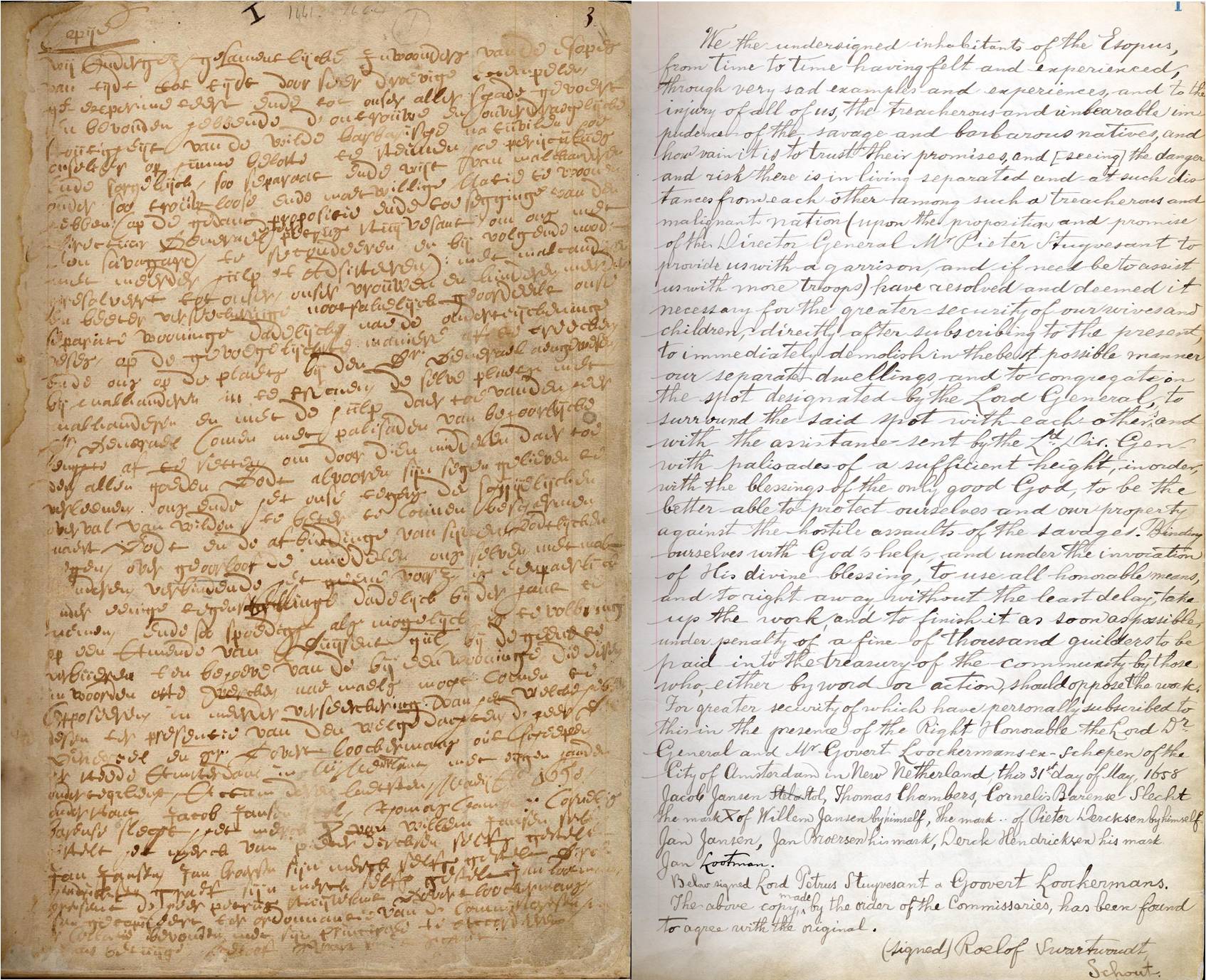

1658
In 1658, Director General of New York Peter Stuyvesant ordered the inhabitants of Wiltwyck to demolish their scattered dwellings and move to a central, defensible position surrounded by palisades, or a stockade. This order ensured that the first civic buildings would be constructed in what became known as the Stockade District, or Uptown Kingston today.
Document: (Left) 1658 Order to the Build the Stockade in Dutch and (Right) English Translation of the Order by Dingman Veersteeg, c.1899
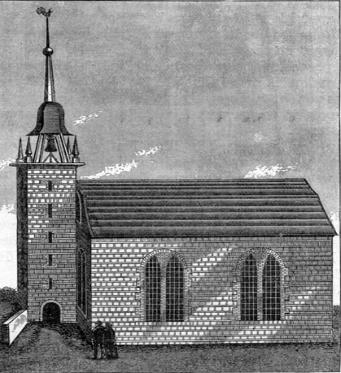

1660
Originally constructed in 1660, the Old Dutch Church in Kingston was actually one corner of the Stockade which was ordered by Peter Stuyvesant. The current structure was completed in 1852 using native Ulster County bluestone and had, at one time, the tallest steeple in New York.
Image: “Old Church Before the Revolution, N.W. View of Tower End” from The History of Kingston, New York by Marius Schoonmaker, 1888.


1661
Government in Ulster County officially starts with this document, dated July 12, 1661. The Wiltwyck Charter of May 16th established a court of law “for the prosperity and welfare of their good inhabitants generally.” This is the recording of their first organizational meeting. The meeting was held in the Stockade District.
Learn more about Dutch Heritage in Ulster County.
Search the Dutch Records Index Database
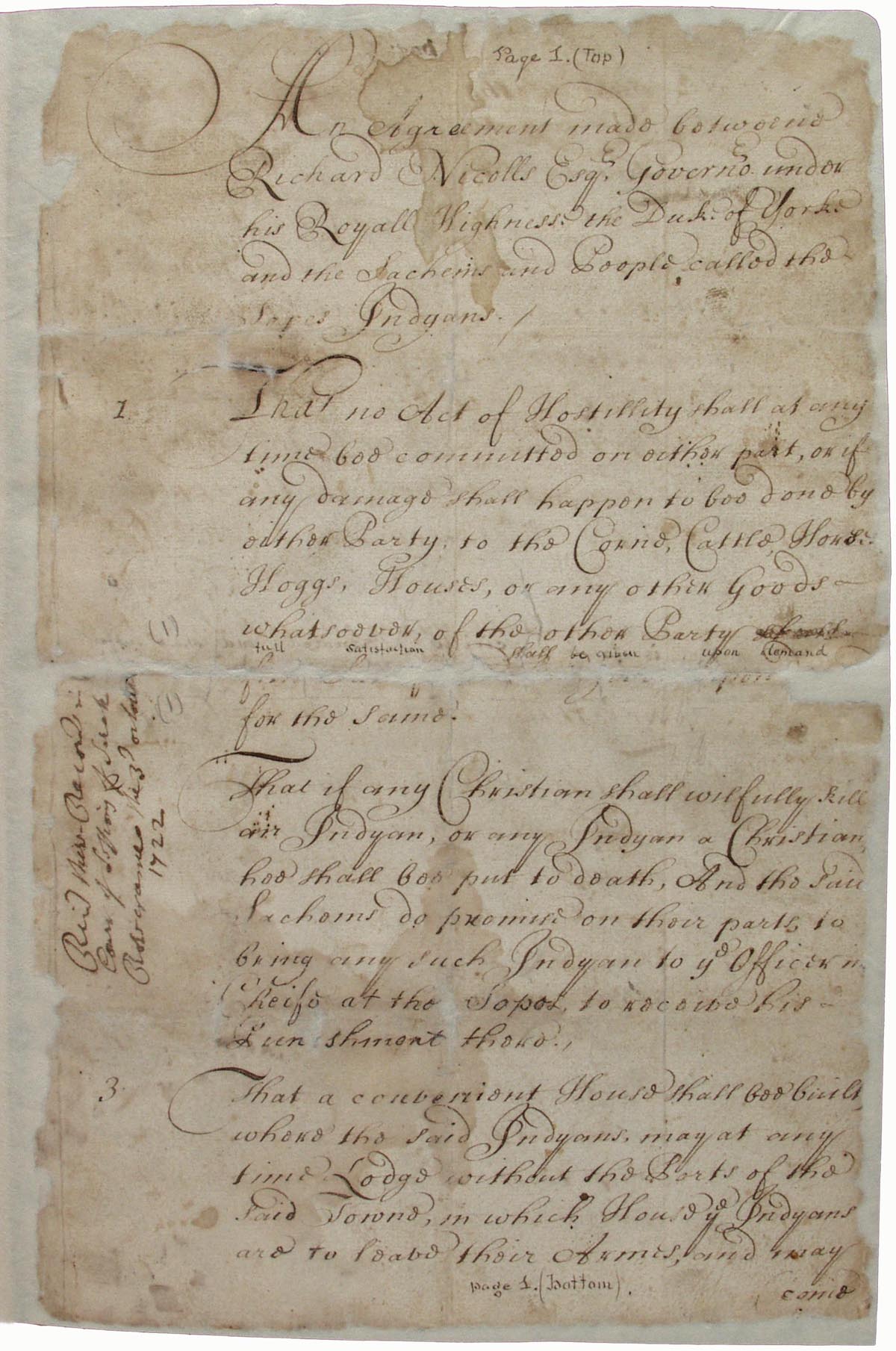

1665
The Stockade was ordered to be constructed due to the ongoing hostilities between the European settlers and the indigenous tribes of the area. In 1665, a peace agreement was signed between Governor Richard Nicolls and the chiefs of the “Sopes” or the Esopus tribe. It is thought that this treaty was signed on what is now Academy Green in Uptown Kingston. Shown here is the first page of the Nicolls Peace Treaty.
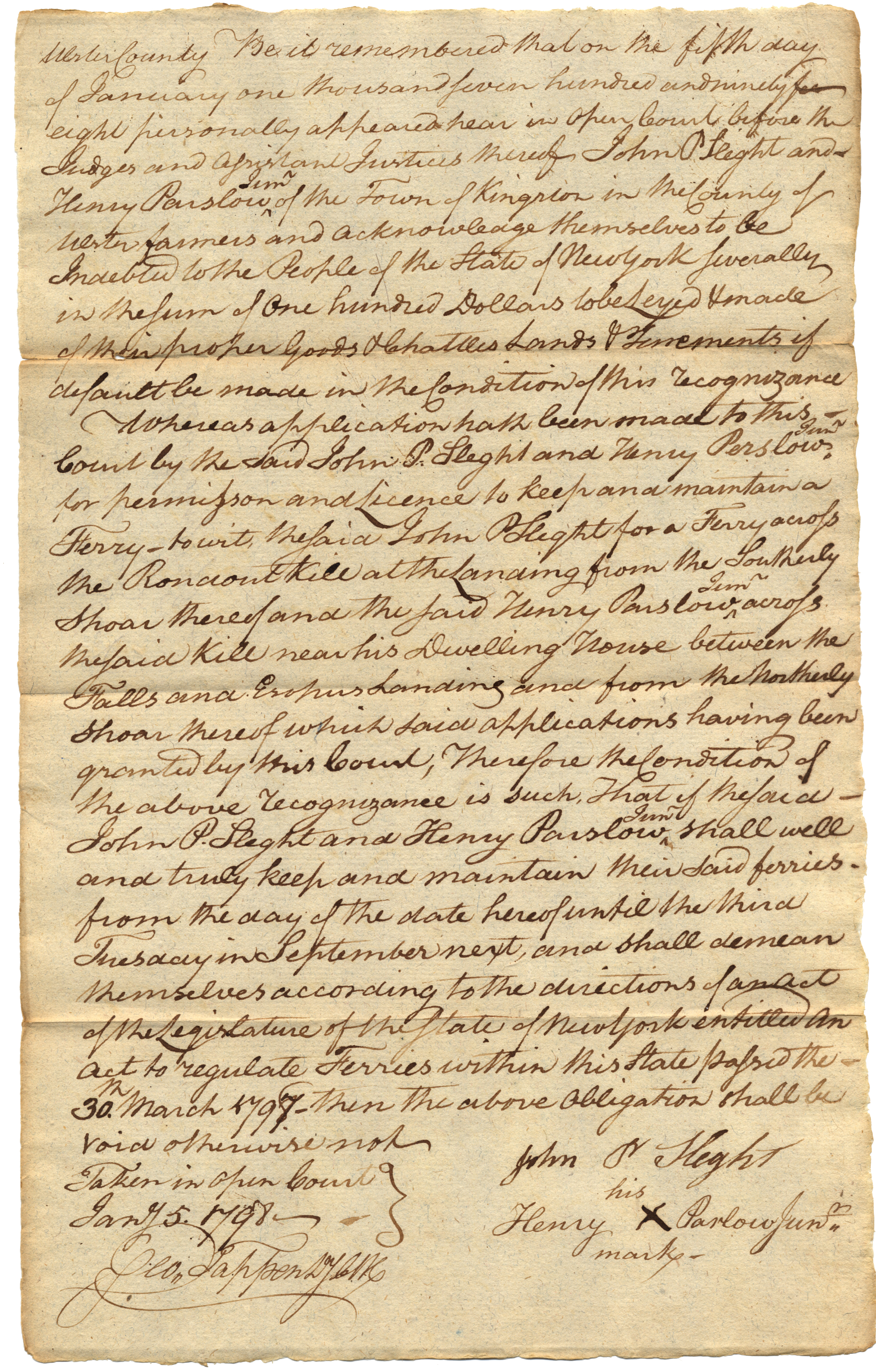

1752
In 1752, after years of unlicensed ferrying between Rondout and Dutchess County, the first petition was granted to Abraham Kip and Moses Cantine to legally operate a ferry between Rondout and Dutchess County. Crossing the Hudson from Rondout via ferry was the only means of crossing until the Kingston-Rhinecliff Bridge was completed in 1957, over 200 years after the first ferry petition was granted. Shown here is a ferry license from 1798 to John Sleight and Henry Parlow.
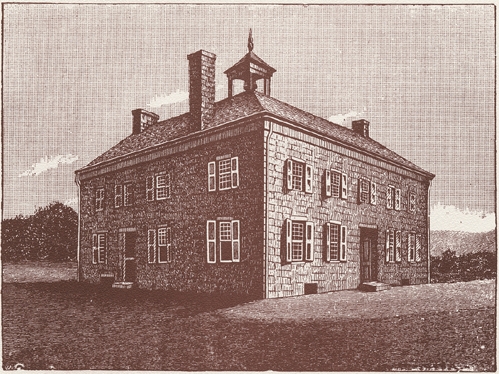

1773
On December 10, 1773, Trustees of the Corporation of Kingston appointed a committee to purchase a house and lot for the use of a school at the corner of John and Crown Streets in the Stockade District. This was the first public school in Kingston and it even predated the New York State Board of Regents by 9 years.
Image: “Academy” from The History of Kingston, New York by Marius Schoonmaker, 1888.
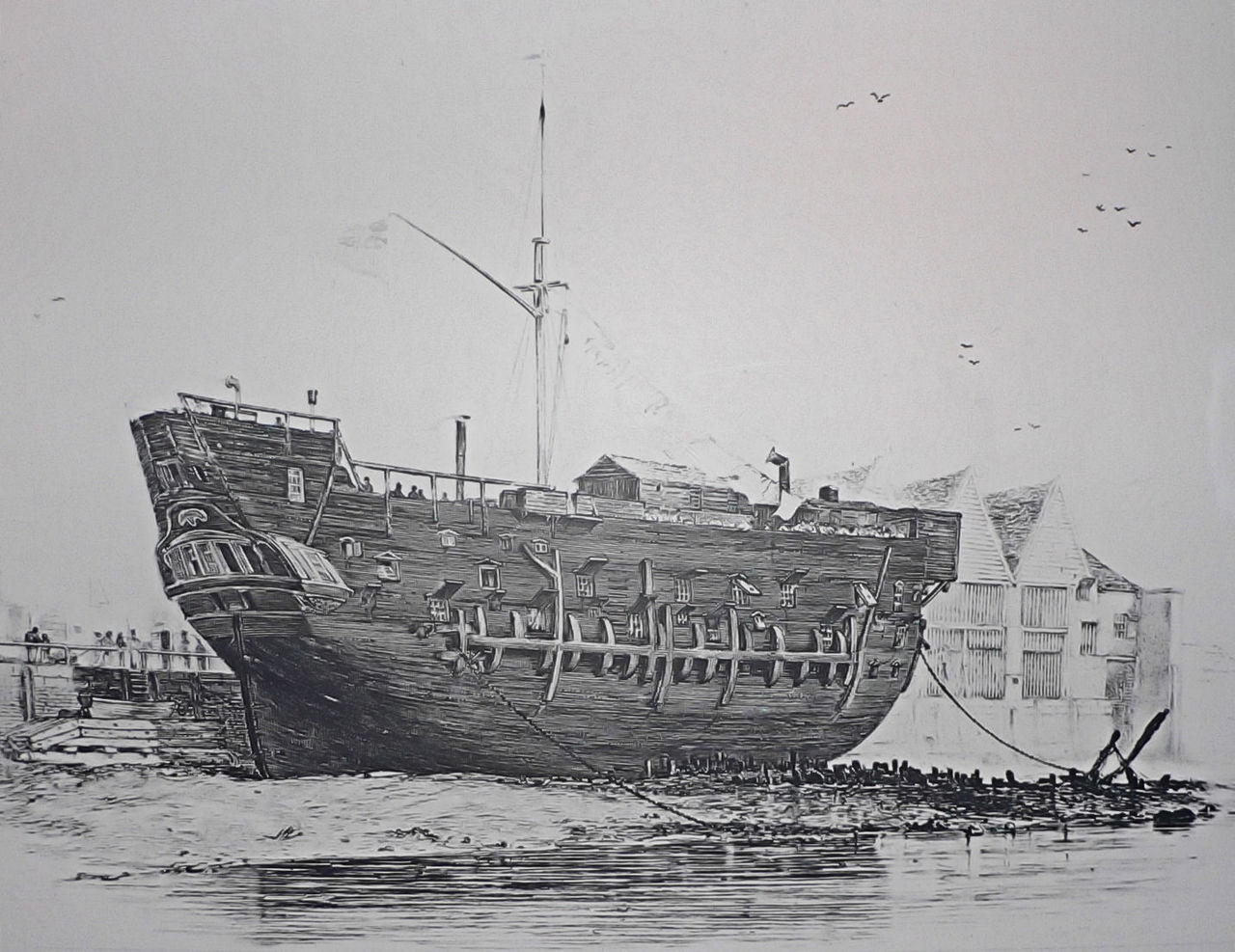

1777
During the Revolutionary War, the Rondout housed a docked ship called the “Fleet Prison.” The ship first docked with eighty prisoners via Albany on July 10th, 1777. The prisoners were sent to Hartford, Connecticut just a week before the Burning of Kingston on October 8th, 1777. The British landed at the mouth of the Rondout Creek and marched up from The Strand to the Village of Kingston, which was the capital of New York State at the time.
Image: HMS Discovery “Prison Hulk” via Wikimedia Commons

1777
Kingston was referred to as, “a nursery for almost every villain in the county,” by British General John Vaughn after burning the village to the ground in 1777. Kingston was the capital of New York at the time and boasted such monumental events as the signing of the first New York State Constitution on the steps of the Courthouse, and the first meeting of the New York State Senate—both events took place in the Stockade District. Shown here is an image from the 2015 Burning of Kingston reenactment.
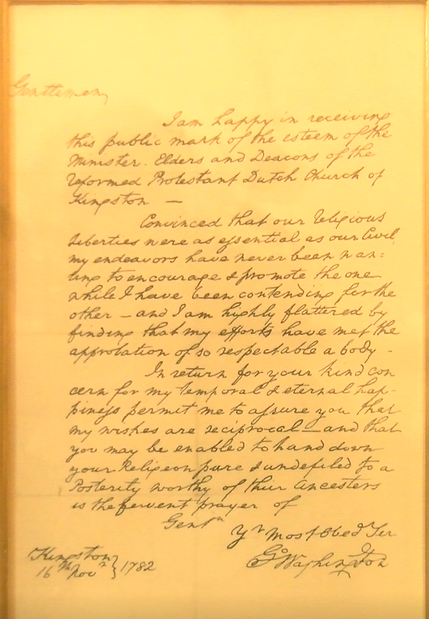

1782
In November of 1782, General and future first President George Washington visited Kingston. He went to the Old Dutch Church and marched down Wall Street. Only 5 years after the Burning of Kingston, he marched past the ruins of stone houses, paying tribute to Kingston’s patriot cause. The Old Dutch Church has a hand-written thank-you letter written by Washington that is on display in the narthex of the church.
Image Courtesy of the Old Dutch Church
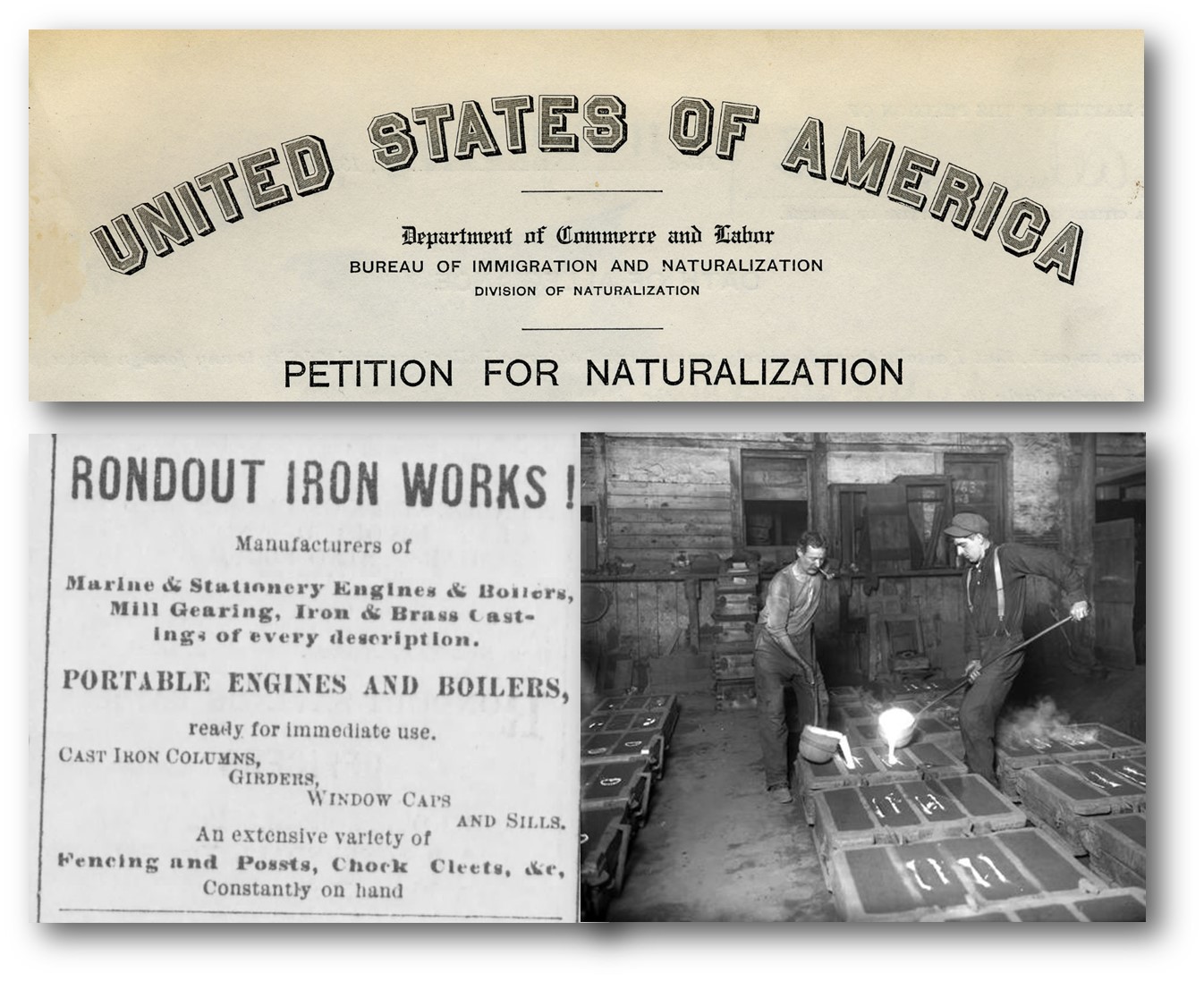

1820-1873
Between the years of 1820-1873, over 6,300 immigrants arrived in Rondout, Wilbur, and Kingston. For reference, the total population of Kingston in 1875 after the merger was around 22,000. Over 28% of the population of Kingston in 1875 had immigrated to the area within the prior 50 years. Most of these immigrants were from Ireland and Germany, and most moved to Rondout to work in industries such as the D&H Canal and Rondout Iron Works.
Search the Naturalization Records Collection
Advertisement: Kingston Daily Freeman, May 4, 1874, Newspapers.com
Photograph of Iron Workers Courtesy of Friends of Historic Kingston
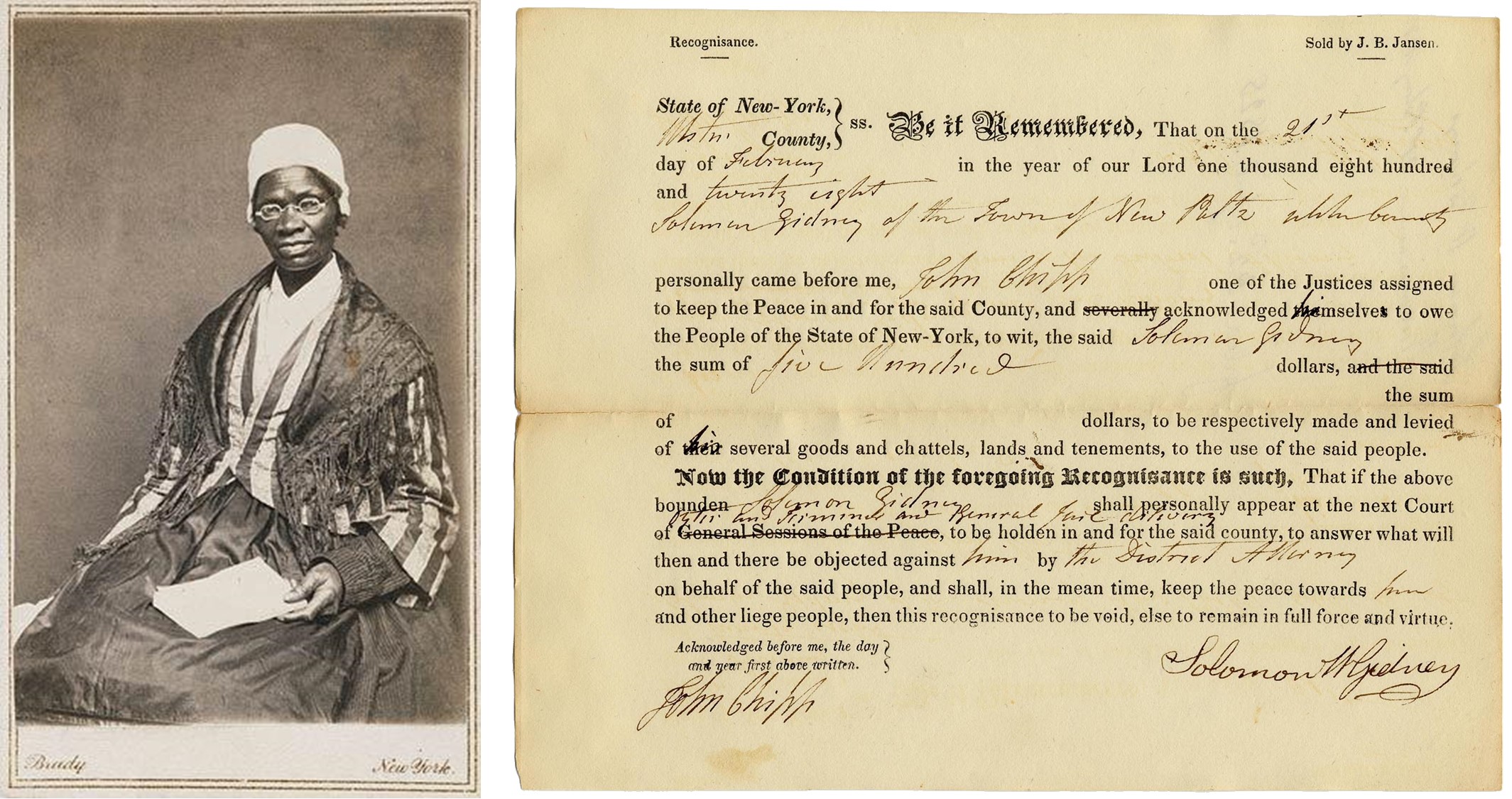

1828
The Ulster County Courthouse in Kingston has had its share of historic moments, but perhaps none more historic than the landmark Sojourner Truth case. Born an enslaved woman, Sojourner Truth (born Isabella Baumfree) became the first black woman to win a court case against a white man in 1828 after her son was illegally sold into slavery in Alabama.
Portrait: Courtesy of the National Portrait Gallery Art Museum at Washington, D.C. via Wikimedia Commons
Document: Recognisance for Solomon Gedney to secure his appearance in court regarding the illegal sale of Truth’s son Peter to a plantation in Alabama.

1828
The Delaware & Hudson Canal was constructed to transport Pennsylvania coal to the Hudson River. The canal ended in Rondout, where the coal was unloaded and sent by steamship to market in New York City. The completion of the D&H Canal in 1828 and the new jobs that it brought caused the population of Rondout to explode, so much so that by 1875 the population of Rondout was nearly double that of Kingston.
Postcard from the Robert M. Every Collection of the Ulster County Clerk’s Archives
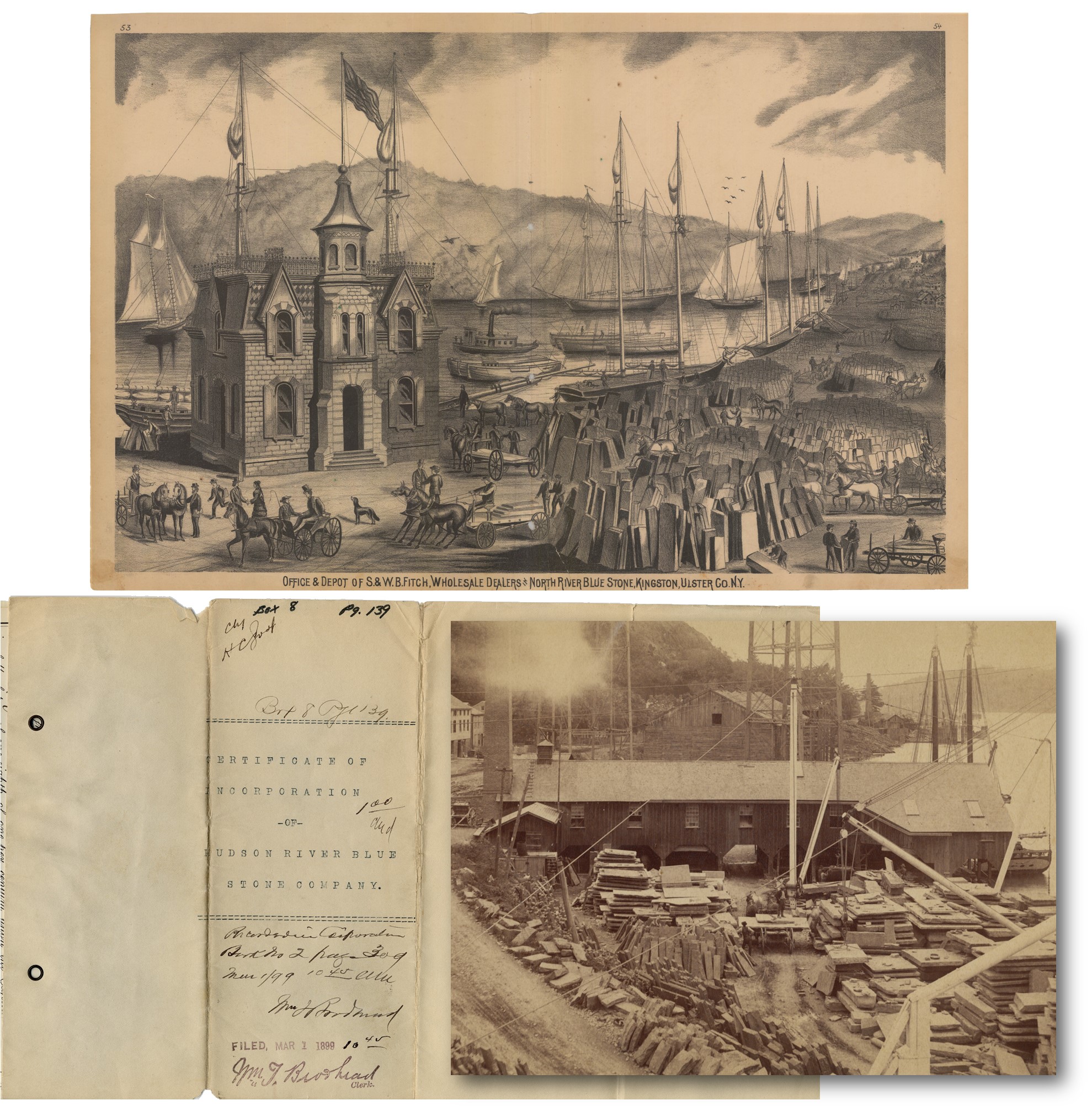

1830s
Bluestone was discovered in Ulster County in the 1830s by Silas Brainard, who began to quarry it. The bluestone trade eventually employed as many as 10,000 people county-wide, and much of it was brought to Rondout down to the creek at Wilbur for export. Ulster County bluestone was unique in its slip-resistant nature when wet, making it the perfect material for New York City sidewalks.
View the 1875 Beers Atlas for Ulster County
Images: (Top) Office & Depot of S. & W.B. Fitch Bluestone, 1875 F.W. Beers Atlas for Ulster County, (Bottom Left) Incorporation Record for the Hudson River Bluestone Company, and (Bottom Right) Bluestone Loading Dock in Wilbur c.1885 Courtesy of Friends of Historic Kingston


1862
The 120th New York Infantry Regiment of the Union Army left from Kingston under the command of General George H. Sharpe on August 22, 1862. The unit was mustered at St. Joseph’s Church in the Stockade District. The regiment was present at many pivotal battles in the Civil War, including Fredericksburg, Chancellorsville, and Gettysburg.
Portrait Courtesy of the Library of Congress's Prints and Photographs Division via Wikimedia Commons
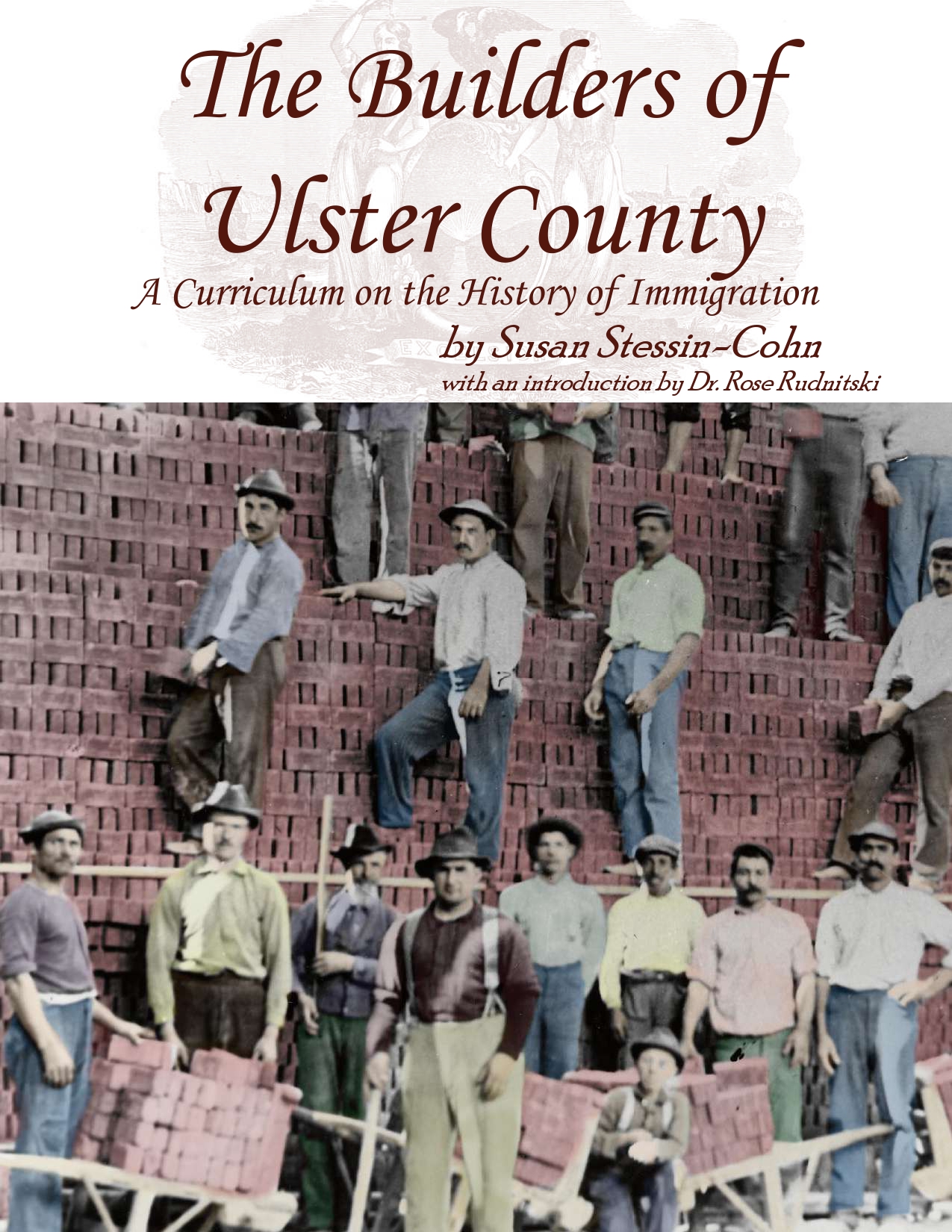

1865
In 1865, William Hutton and John H. Cordts purchased land in Rondout along the river that would eventually become the Hutton Brickyards. The brickyards employed many immigrants of various backgrounds (albeit, almost all European) throughout its time from the post-Civil War Reconstruction Era until the mid-1960s. The Hutton Brickyards produced a prodigious amount of bricks—in 1904 alone they manufactured more than 226 million bricks.
Builders of Ulster County is a curriculum guide created by the Ulster County Clerk’s Records Management Program on the topic of immigration.

1870
Just two years prior to the merger of Rondout and Kingston, the Ulster and Delaware Railroad was opened for business, with its terminus ending at Rondout. The railroad, along with the booming steamship industry (both largely owned by Thomas Cornell) brought tourists in droves to Rondout.
Postcard from the Robert M. Every Collection of the Ulster County Clerk’s Archives


1872-1877 Kingston's 1st Mayor
James Lindsley was born in Orange, New Jersey and began his working life at the local Post Office. In 1844, he took his work experience to the Newark Lime & Cement Company where he helped to expand the business to such a degree that they were able to purchase additional land on the Hudson River in New York. Lindsley was sent to Rondout in May of 1846 where he spent the next four years building up quarries, kilns and mills, while employing hundreds of local laborers. He served as President of the Village of Rondout in 1852 and was on the Board of Trustees for nine years. Several years after his three terms as Mayor, Lindsley was elected to Congress, in which he served from 1885-1887.
Portrait: Commemorative Biographical Record of Ulster County by J.H. Beers, 1896
Newspaper Clipping: Article Endorsing James Lindsley for Congress, Kingston Press 1870, Newspapers.com
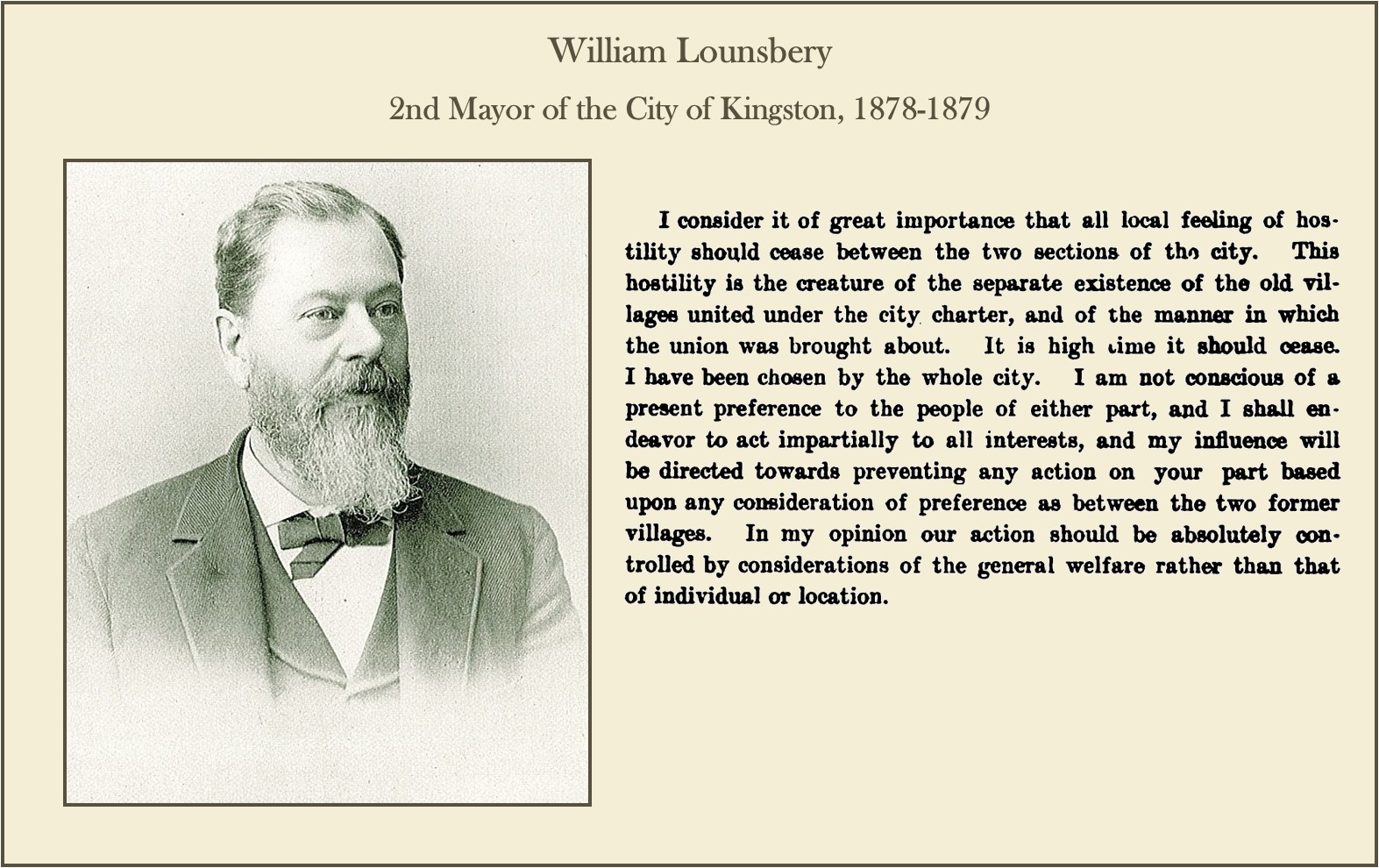

1878-1879 Kingston's 2nd Mayor
Born in Ulster County in 1831 from a long line of political and military figures, William Lounsbery lived and practiced law in the Village of Kingston. He was a frequent contributor of editorials to the Ulster Republican and Kingston Argus newspapers and devoted much of his life to the study of history. He was a member of the Ulster County Historical Society and was frequently requested as a guest speaker for numerous organizations. Prior to becoming Mayor of Kingston, Lounsbery served in the New York State Assembly in 1868. After his term as Mayor, he was elected to Congress in which he served from 1879-1881.
Portrait: “Commemorative Biographical Record of Ulster County” by J.H. Beers, 1896
Excerpt from Mayoral Inaugural Address to the Common Council of the City of Kingston, March 1878, “Three Score and Eleven” by William Lounsbery, 1904, Google Books.
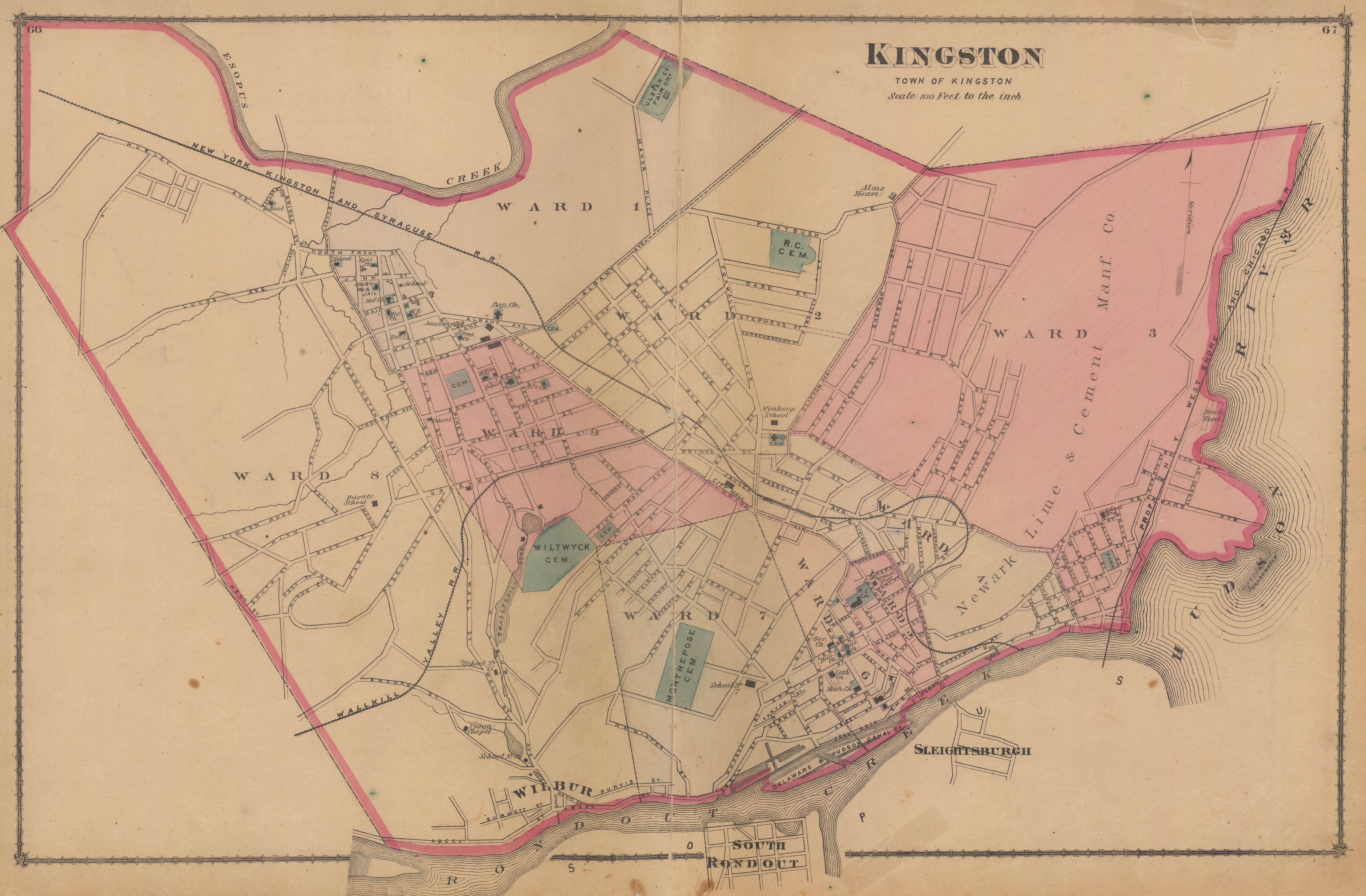
Better Together Interactive Map
On February 16, 1871, The Kingston Press ran an article about the benefits of merging the three villages of Kingston, Rondout and Wilbur into one unified city. In it, the author discusses the small quarrels being between the leaders of the villages, stating that there are “bigger fish to catch.” These bigger fish are listed as City Hall, Alms Houses, Police Stations, Merchants and Brokers Exchange, Markets, Public Works, City Prison and Penitentiary, Water Works with their fountains and hydrants, and so on.
The map shown here is from the 1875 F.W. Beers Atlas, produced shortly after the merger. It highlights some of the many projects that were completed after the formation of the City of Kingston. Nearly all of the “bigger fish” referenced in 1871 were indeed caught following the merger.
View our interactive Google Map to see postcards, advertisements, photographs and more!
The postcards shown in the online map were generously donated to the Ulster County Clerk’s Office by Robert M. Every, and most of the advertisements are from the Gazetteer & Business Directory of Ulster County, 1871-72 and the 1875 F.W. Beers Atlas for Ulster County.
